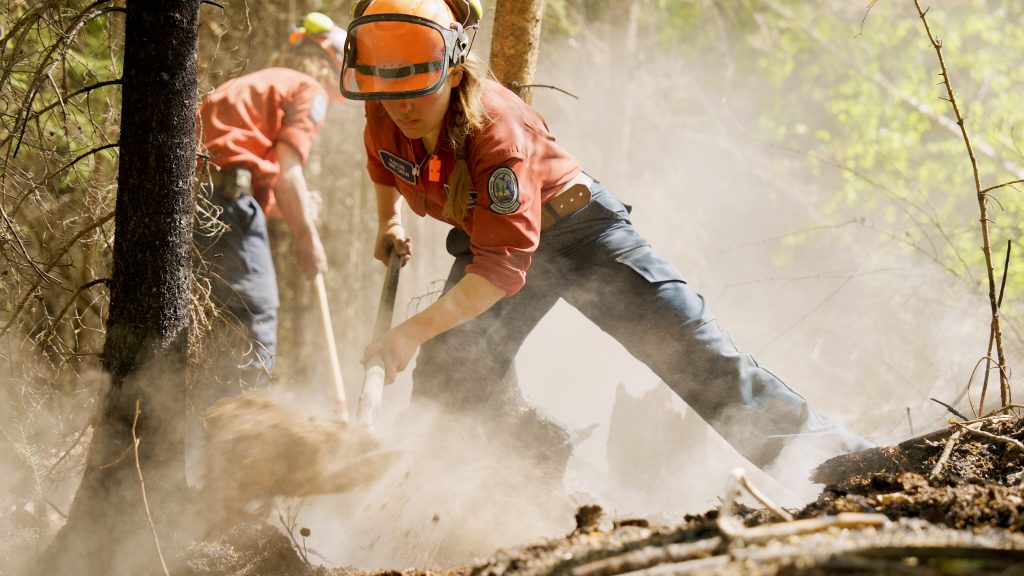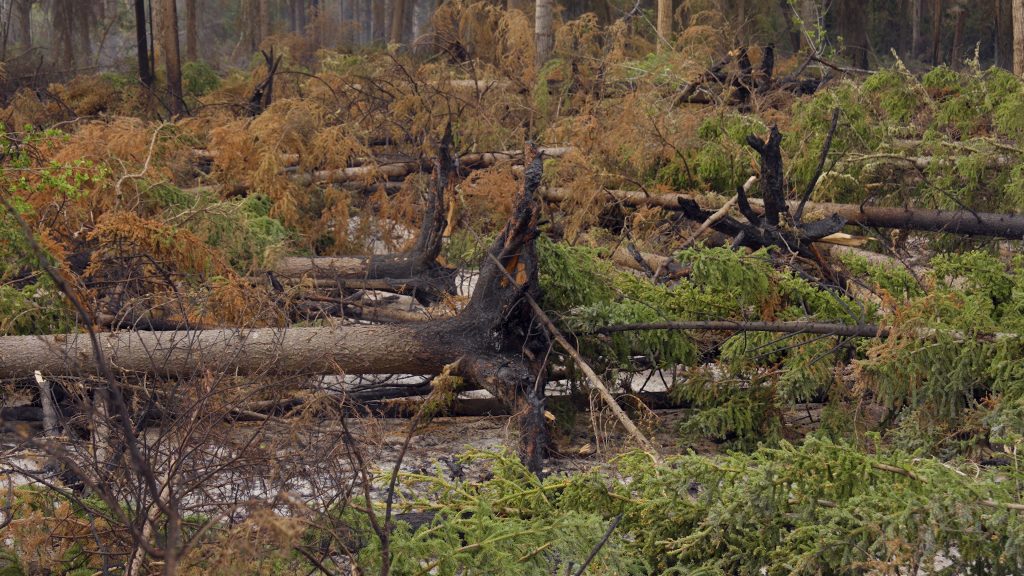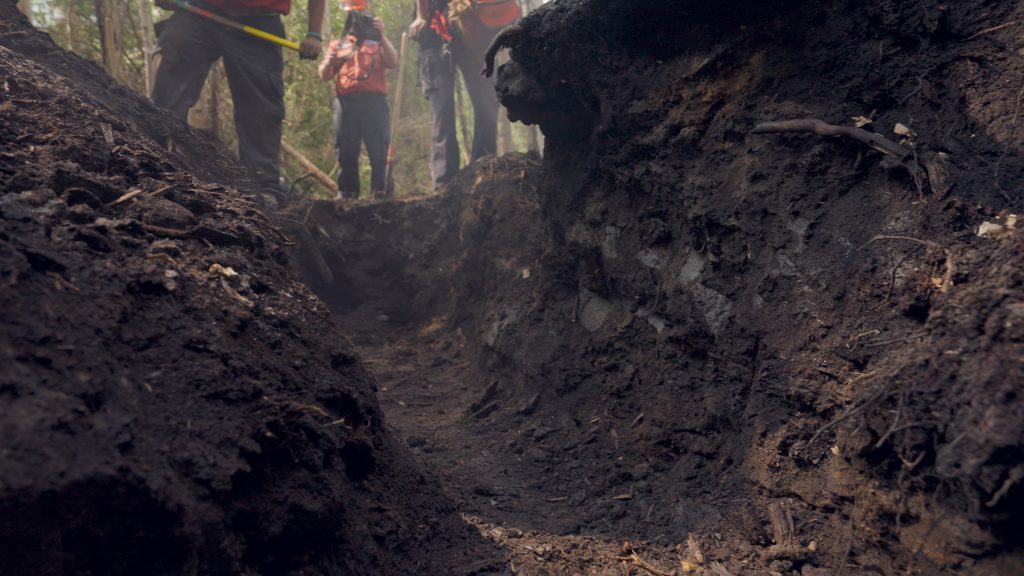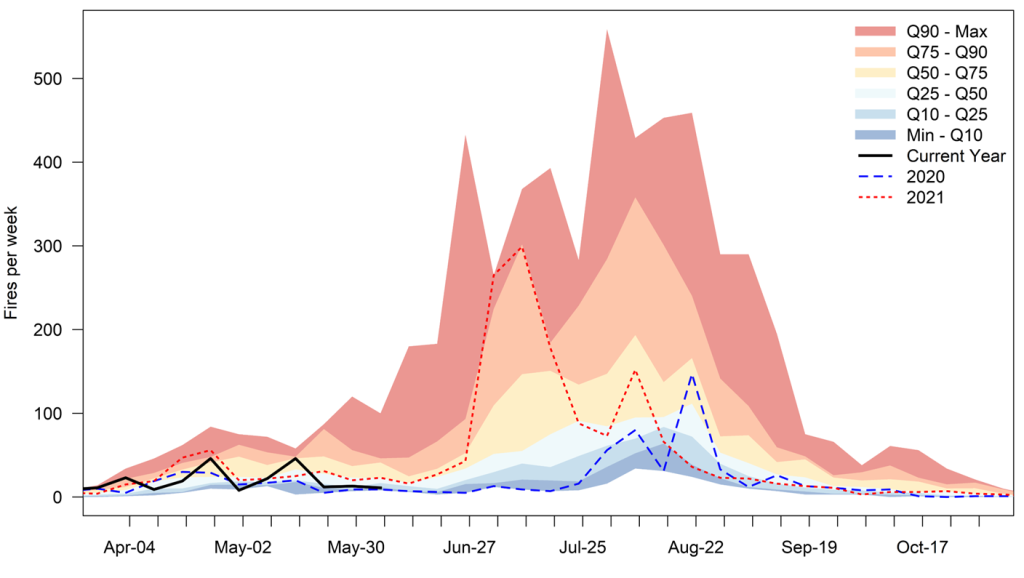Anticipating the Fire Season: Key Factors and Expectations

Wildfire season is underway in B.C., and understanding the potential intensity and duration is important for long-term wildfire response planning.
The BC Wildfire Service (BCWS) considers three key factors to forecast the core wildfire season: drought levels, snowpack and periods of prolonged heat without rain in June. Currently, drought conditions and a low snowpack point towards a heightened potential for a prolonged fire season, but it’s important to note that this doesn’t guarantee an above-average wildfire season.
Rain in May and especially June, plays a key role in determining the long-range fire season outlook. B.C. did not experience prolonged heat during May and the first half of June, and most of the province received moderate rain throughout these months. The effect of this precipitation has moderated fire activity through most of B.C. this spring leading into the second half of June and the core fire season of July and August.
Hear from BC Wildfire Service Lead Fire Weather Forecaster Matt MacDonald and Director of Provincial Operations Cliff Chapman, along with Minister of Forests Bruce Ralston and Minister of Emergency Management and Climate Readiness Bowinn Ma on the season ahead.
Snowpack’s impact on wildfires
Despite an early melt of low-elevation snowpack in April, this year’s overall snowmelt has remained seasonal, with around 52 per cent of the annual snow accumulation melted by early June. This is a significant improvement compared to 2023, where a record hot May led to 86 per cent of the snowpack melting by June 1. The recent cool and wet weather has also added some snow in the alpine regions, keeping higher fuels covered and less susceptible to ignition by lightning.
However, as of June 1, the provincial snowpack is far below normal, averaging 57 per cent across B.C. The low snowpack will limit surface runoff, stream flows and fuel moisture recharge which will significantly affect ongoing drought conditions into summer 2024.
Low snowpack, early snowmelt and lingering impacts from ongoing drought have significantly elevated drought hazards for this summer.

Holdover Fires from 2023
A major focus this year has been monitoring numerous holdover fires from 2023. To put the scale of holdover fires into perspective, the combined perimeter of these fires stretches over 7,300 km, equivalent to the distance from Vancouver, B.C., to St-John’s N.L. We have been actively monitoring 88 holdover fires using high-altitude thermal-infrared scanning and this spring 11 of these holdovers reignited, including the Patry Creek wildfire north of Fort Nelson. Wind and warmer temperatures have caused these smoldering fires to exhibit intense behavior, posing significant challenges for our crews. Notably, the Parker Lake wildfire near Fort Nelson earlier this spring was a new human-caused fire, not a holdover.
Current Status of Holdover Fires
So far, 15 holdover fires have been confirmed out, while the status of the remaining 62 may change from “Under Control” to “Out” if no hotspots are detected in the coming weeks. The majority of our firefighting crews have been supporting the Prince George Fire Centre to suppress holdover fires that pose a risk to nearby values. This process is slow and labour-intensive, often requiring crews to dig up to two metres under the forest floor to extinguish smouldering fires and remove dangerous trees with compromised roots. Learn more about BCWS’ holdover response here.
Regional Drought and Fire Danger Indices

The Peace Region has been the driest area in the province this spring, with Fort St. John and Chetwynd recording one of their driest springs on record. Smithers also experienced its second driest spring since 1938. The delayed exposure of alpine fuels to lightning has helped reduce new fire starts from lightning strikes. The extreme drought conditions in the northeast corner of the province are evident several metres into the soil.
For firefighters on the ground, this means a more dangerous work environment and slower suppression operations, as deep digging and water application are necessary to extinguish these fires. Root bulbs of all tree species have been burning upwards of 2 metres deep, trees are falling over from burnt roots making control very dangerous and difficult.



Fire Season Outlook and Historical Context

Weekly fire activity this spring has trended similarly to 2020 and 2021. However, fire activity historically increases dramatically through late June, July, and August. In 2020, there were 670 wildfires that burned 14,535 hectares, while 2021 saw 1,647 wildfires burn 869,300 hectares. Given the underlying drought conditions, we anticipate that summer 2024 will trend similarly to 2021 in terms of the number of fires and area burned. Already, 321,750 hectares have burned in 2024, with 99 per cent of this area within the Prince George Fire Centre.
Scenarios that will increase wildfire potential and activity
Scenario One: Hot & Dry

Should a strong and prolonged ridge of high pressure develop, a dry end of spring and early summer would exacerbate the already dry conditions in some regions.
Scenario Two: Dry Cold Front

Summertime cold fronts often generate thunderstorms and lightning. Some of these cold fronts do not deliver measurable rainfall and can therefore spark new fires, particularly on the heels of a hot, dry period.
Scenario Three: Persistent Westerley Flows

Westerly flow patterns bring near seasonal temperatures across B.C. and moisture to west facing aspects. Lee areas such as the Chilcotin and Peace region remain dry and see drought conditions worsen.
Summary
As we approach the core of the 2024 fire season, deep drought conditions in the northeast will persist. Many holdover fires that smouldered through the winter have re-intensified under dry conditions and winds. Long-range guidance suggests a warmer than normal summer across much of the Interior, with limited skill (likelihood of prediction being true) in precipitation forecasts.
Given these conditions, there is an increased likelihood of large, challenging fires in the northeast corner of B.C., as well as other dry pockets in the southwestern Interior and Chilcotin regions. While current conditions indicate continued aggressive fire behaviour in northeast B.C., along with other drought stricken areas it is unlikely that there will be prolonged province wide fire activity like was seen in 2023.


